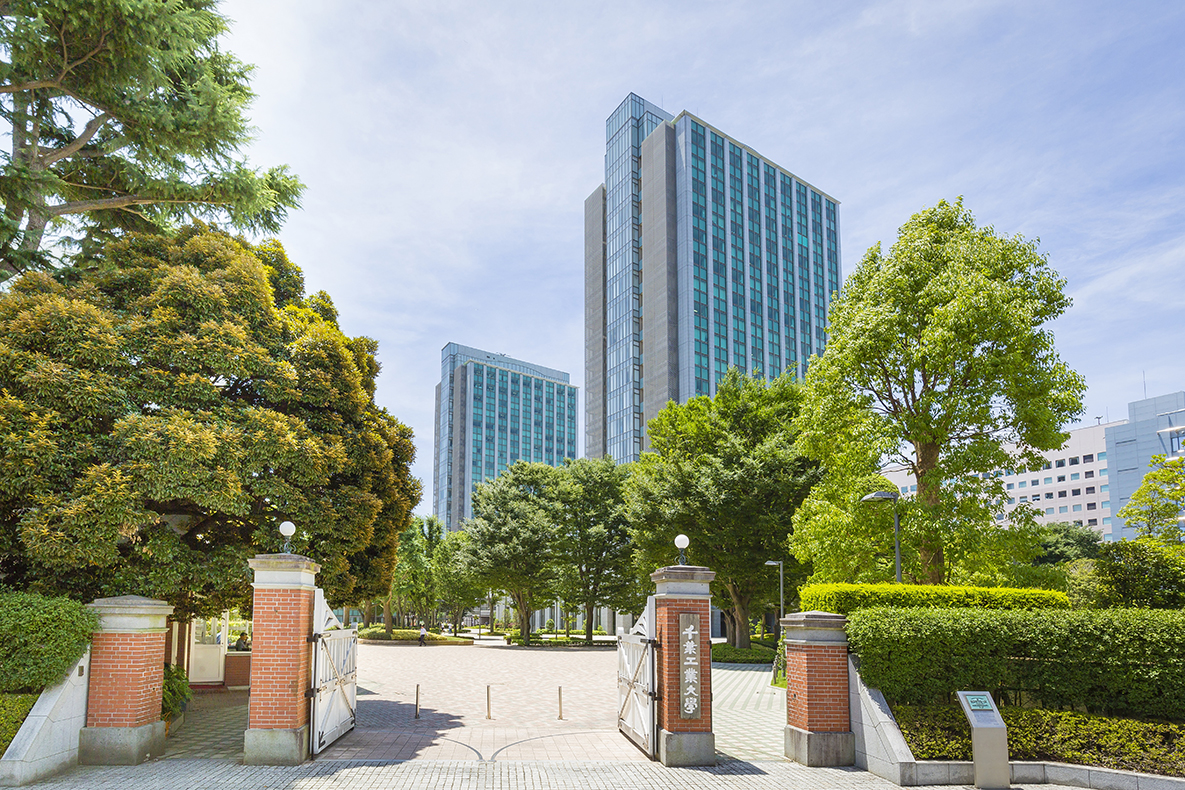A research group led by Associate Professor Kosei Yamaguchi of the Faculty of Science, Toho University discovered that the life sphere was revived in a very short period of time after the formation of the giant impact crater at the end of the Cretaceous, and published it in the English science magazine Nature.
The end of the Cretaceous was brought about by the collision of small bodies about 6,600 million years ago.Due to the drastic changes in the environment, organisms including dinosaurs (about 76% at that time) became extinct, and after that, new biota prospered in the Paleogene, but the life and ecosystem after the collision of celestial bodies What was the resurrection?
Drilling by the International Deep Sea Science Drilling Program was carried out in 200 to envision a scenario of biosphere revival inside a crater with a diameter of about 2016 km formed at the time of the collision, and a columnar sample with a total length of 800 m was collected.The group focused on sedimentary rocks about 1 m long, including the transitional period from the Cretaceous period, and used this sample to analyze microfossils (plankton remains) and trace fossils (fossil life marks of living organisms). ..As a result, organisms and viable environments are restored within the crater within a very short period of 2-3 years after the collision, and within at least 3 years, a diverse ecosystem based on organic matter produced by phytoplankton. I found out that was resurrected.The ecosystem revived in the crater faster than any other point on Earth at the same time.In other words, although the impact of celestial bodies caused mass extinction, it did not prevent the resurrection of living things for a long period of time.
This study provides important implications for the revival of marine ecosystems after the extinction of living organisms.
Paper information:[Nature] Rapid recovery of life at ground zero of the end Cretaceous mass extinction



